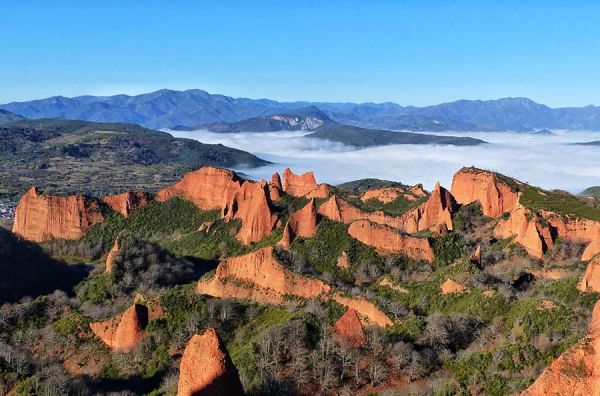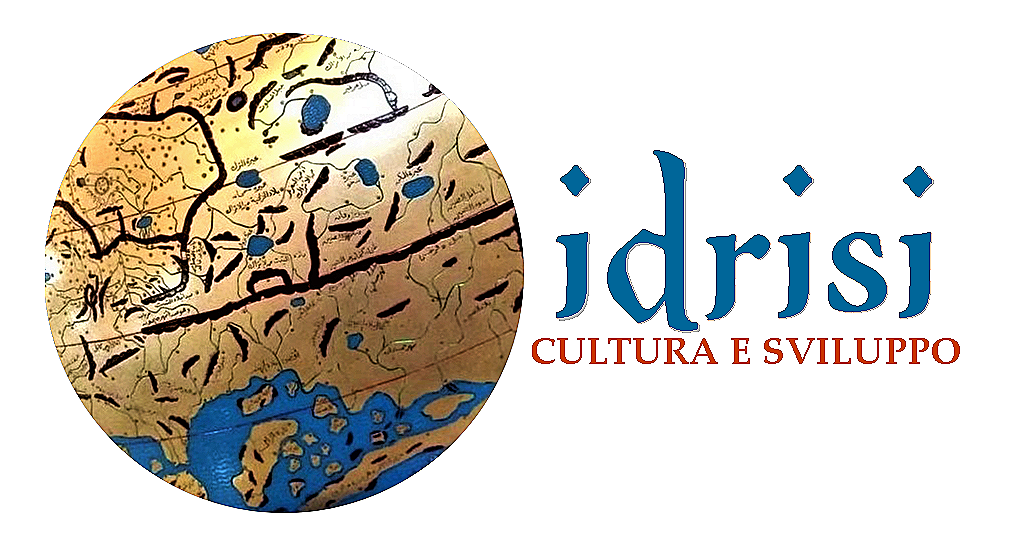Las Médulas
42º 27' 26'' N 6º 46' 5'' W
Province of León, Castile and León
Spain
Description
Las Medulas are an outdoor gold mines, considered the greatest gold exploitation romans ever made.
Extracted Materials
Gold
Antropological info
Las Médulas origins goes back to ancient indigenous roman history. Probably romans begun its exploitation during Octavio Augusto era.
It is an outdoor exploitation
Plinio el Viejo, ancient mine manager, reports that during a year 20000 pounds of gold were extracted. Therefore, its 250 years exploitation would make 5 000 000 pounds of gold.
Plinio says there were more 60 000 workers , but actual archaeologists estimate 10 000 or 20 000 workers. In his books, Plinio says “is less fearless to search for pearls deep down the sea than look for gold in this land”.
When the exploitation ceased, vegetation came: oaks, holm oaks, chestnut trees…
Sociologal info
This place was declared as “Good of Cultural Interest” in 1996 due to its archaeological interest.
In 1997, UNESCO declared Las Médulas World Heritage. In 2002, it was rewarded with the “Monument of the year” award, and with the “Cultural Space” Award in 2010.
Archaeological info
There were many favourable conditions for gold extraction: there were alluvial lands with gold dust; there was plenty of water and enough slope to use it as a hydraulic force.
The system used was called “The collapse of mountains”. Water from rivers was canalised and retained in the higher part of the exploitation. The water then infiltrated between the mountain’s fissures, dissolving part of the earth and dragging earth with small pieces of gold to the buddle. These rivers had a 300 kilometres length with a 1 % slop and a 90 centimetres depth. Sometimes the water flowed on the rocks.
This is one of the most fascinating hydraulic systems known, as the net inside the mountain makes a complex structure. Nowadays, this path is visitable with a touristic guide.
Sustainable tourism insights
Las Medulas Archaeological Museum offers didactical information about this roman gold exploitation. There are also tours available to have a walk and appreciate the beautiful landscape.
Environment sustainability
The roman exploitation of the gold mine supposed an alteration of the environment. As it was abandoned centuries ago, nature has recovered its place, and the beautiful landscape is now protected by European organisations.
Creativity insights/curiosities
Thailand stood against the “World Heritage” Award for Las Medulas, because they didn’t consider the landscape as a result of human destructive activity.
Links of interest
http://www.patrimoniocastillayleon.com/es/las-medulas









